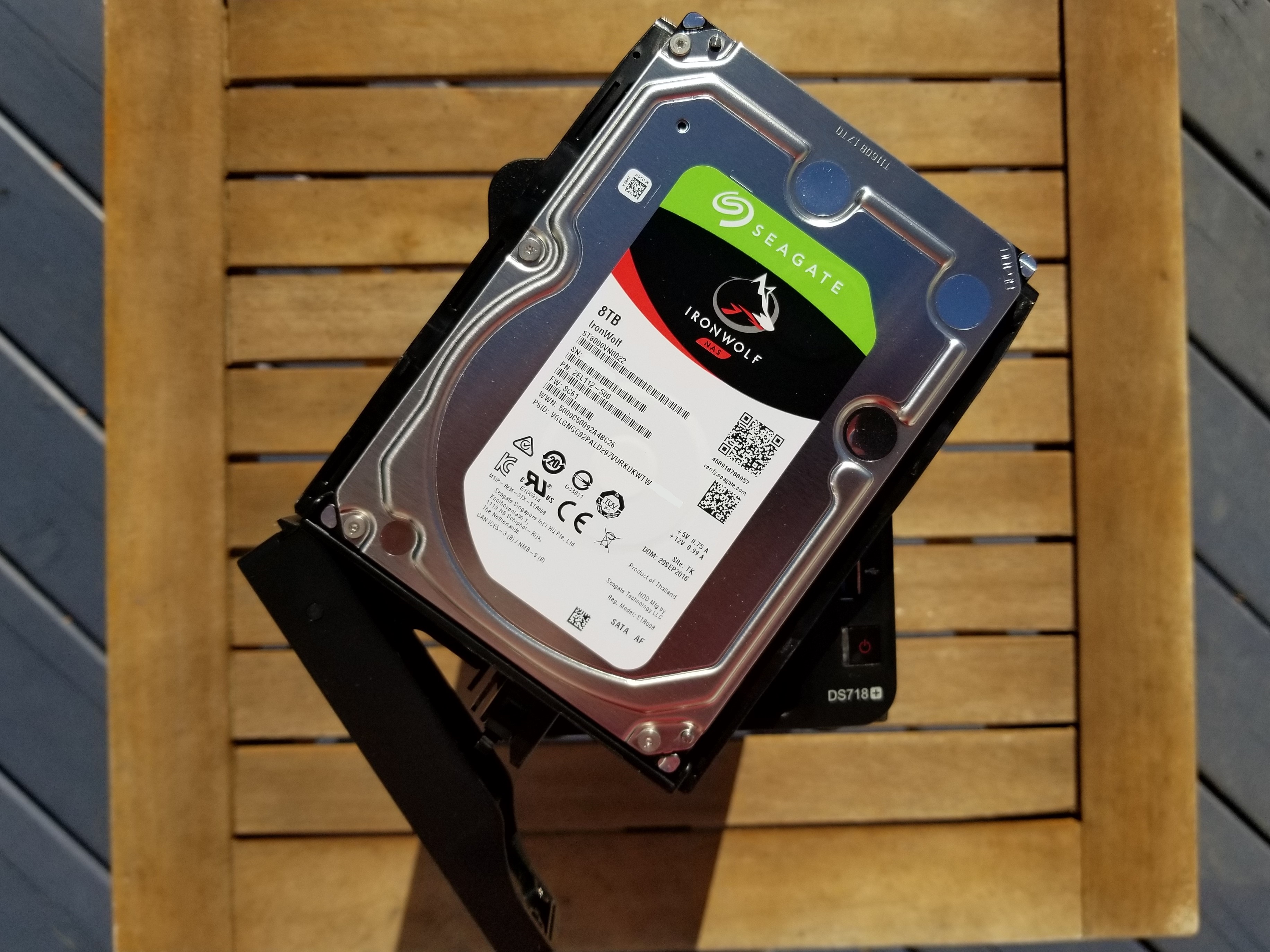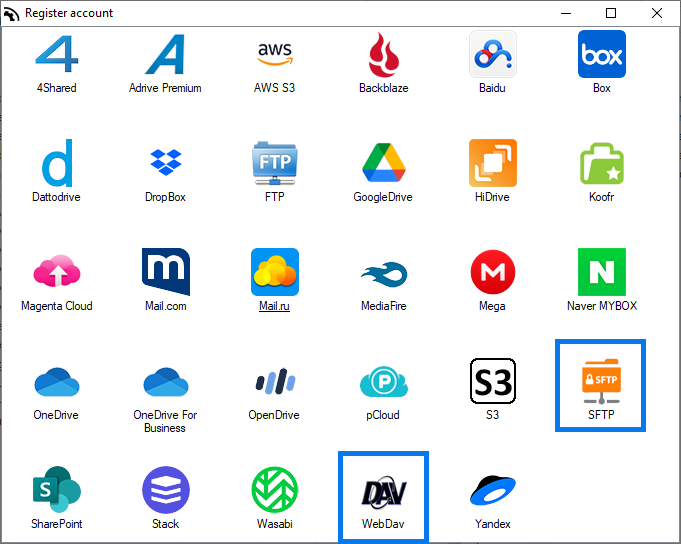
- BACKBLAZE SYNOLOGY PERSONAL WINDOWS 10
- BACKBLAZE SYNOLOGY PERSONAL PRO
- BACKBLAZE SYNOLOGY PERSONAL PC
Once it's all backed up and tested, i can delete the original source directory on the USB attached disk array. I've created a new, large ZFS pool and from day 2 forward, I will migrate big chunks of data into the ZFS pool and then serialize (zfs send) backups of the datasets back onto the attached USB.
BACKBLAZE SYNOLOGY PERSONAL WINDOWS 10
I'll migrate my BackBlaze license into a Windows 10 VM and just resume backing up that same USB attached disk array on day 1.
BACKBLAZE SYNOLOGY PERSONAL PC
I've been on BackBlaze's Personal backup plan for a long long time and I'm hopeful I can stay on it as I migrate from an unvirtualized Windows 10 PC into a Windows 10 VM running on Unraid.Ĭurrently all the data I'm interested in protecting is on a USB attached drive array. For such a large quantity of data, and the desire to use it only for emergencies, you'd likely have a better experience using a service designed for long-term archival storage of massive quantities of data, such as Amazon Glacier, or Google's Cloud Storage options." It's important to consider your backup strategy carefully. What this means is that it could take years to upload 10TB of data, and if you're using it specifically for an emergency in which your local storage is lost, destroyed, or damaged, that means that it could take a very, very long time to recover that 10TB. New archives can oftentimes get a good half terabyte or so into the cloud at a breakneck pace, but once a large amount of data has been uploaded, the overhead catches up with the upload process, and it settles into more normal rates. We set a guideline of expecting 10GB to 30GB of uploads per day, after the first week or so. The other factor to consider is backup and restore times. "10TB in isolation shouldn't be unfeasible, so long as you adjust your configuration to be very different from the defaults, but it's also really quite a substantial quantity of data, and you'll be pushing the program.

This is from the email they sent me, which is what kind of makes me nervous of their service. Good to hear you're doing ok with 12TB on their service. My initial backup of 5TB about 5 years ago took around 3-4 months.

I also backup to another unRAID server/array and I backup the most important data to external USB drives. That's why CrashPlan is the backup of last resort. I imagine that if I ever had to restore a good chunk of that, it could take many months to get it restored. I currently have 12TB backed up with CrashPlan.

BACKBLAZE SYNOLOGY PERSONAL PRO
If I can't use backblaze personal directly from the unraid server, I think I could still run it from my workstation and have it backup everything, but I thought it would be nice to just have it all done on the server side.ĬrashPlan Pro is $10 a month for unlimited data backup.

All I'm looking for is a backup solution in case of failed drives or a natural disaster or something. My current workflow is to ingest my photos onto my workstations SSD, over the course of the next few days to weeks I'll perform the work I do to the photos, and then once I'm finished with the photos they'll stay on the SSD for awhile until I transfer them to my storage (which was a Synology NAS but is now a unraid server). I'm a photographer so I have a decently large amount of data (and it's always growing) that is simply being stored and not changed frequently. They basically told me I should go elsewhere.Įdit: I think I should clarify the purpose of my unraid server and my needs. I know Crashplan can, but I don't feel very confident in their service after speaking with their customer support. Is there a way to use Backblaze's "personal backup" plan with an unraid server?


 0 kommentar(er)
0 kommentar(er)
